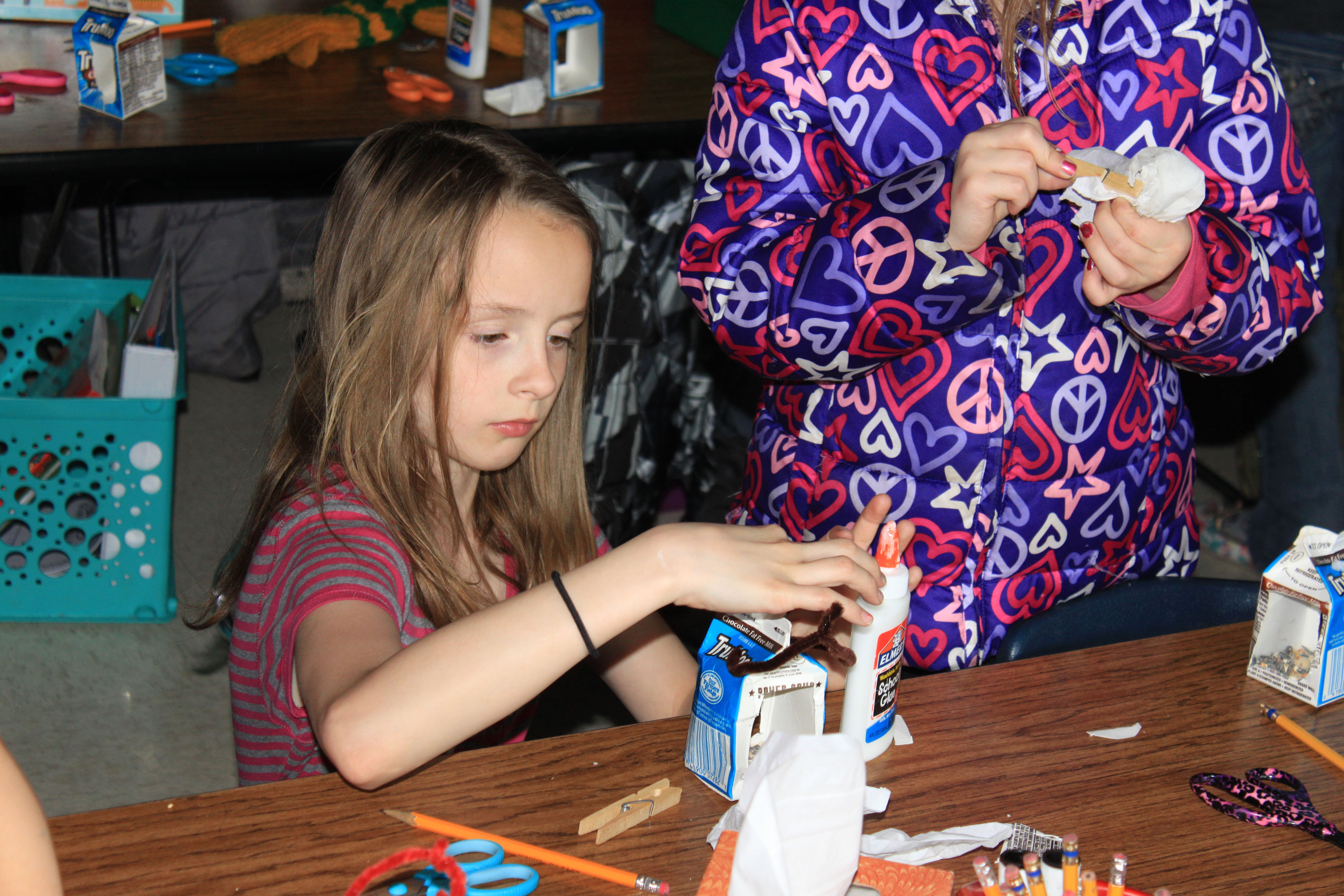Wildside: Elk reintroduction is a success story
The story of elk in Wisconsin dates back to pre-European settlement, when they ranged across much of the state, not to mention much of North America. They were extirpated, meaning their population was reduced to zero, by overharvest and loss of habitat in the mid to late 1800s. Today, elk are back in Wisconsin. Starting with 25 animals brought into the state in 1995, the population has increased to slightly under 200 animals today. They were introduced in northern Wisconsin near Clam Lake on the Chequamegon Nicolet National Forest. They have been extensively studied, carefully managed, and intensively tended. During the last 19 years, we have learned a lot about how to manage elk, what they need to survive, and what they need to thrive. There has been a lot of support from the public, both hunters and non-hunters, in trying to expand and grow the elk herd in Wisconsin.
Recently, I participated in a training that included a trip to visit our elk herd. We started by visiting the area where the herd was released and still occupies near Clam Lake. The area was chosen for a few reasons, including a very unique artificial management feature, the Extremely Low Frequency (ELF) antenna array opening on the National Forest. The herd has not dispersed far from the site where the release occurred. After intensively studying the herd and its habitat, the decision was made to help a portion of the herd disperse beyond the initial release site. Our training included travel to the new dispersal site. In the center of a large block of high quality managed aspen habitat, a large pen was constructed to hold a small group of elk. Pregnant cow (female) elk are key to this process. Once these elk give birth, the area where the calves drop will be their new home range. At that time, the elk will be released from this temporary acclimation pen and allowed to roam free in their new home.
Department of Natural Resources Wildlife Management considers the elk reintroduction a success story. Granted, this reintroduction has had its share of struggles; animals were lost to car strikes, drownings and predators, much like many other animals. There are other wildlife reintroductions that have required far less human intervention, like trumpeter swans. Turkey reintroductions, while very successful at the end of the process, had struggles and failures early on. Success can take many forms, though. Right now, we can be proud of the excellent cooperation between the many partners that worked to bring the elk back and tend the herd. This same cooperation led to the assisted dispersal program, and is looking at bringing additional elk from another state to boost the herd growth and expansion. Another measure of success of the elk reintroduction is the benefit to the local economy from nature lovers and wildlife watchers. The traffic coming into the Clam Lake area to watch elk and listen for elk bugling in autumn has brought significant tourist dollars to local business.
When the population expands past the 200 mark, it will have reached a threshold where a harvest would be allowed. When this happens, there will be another success–our first legal elk season. Interested hunters will be able to apply for a tag in a random drawing each year. The tags will be very limited to begin with, with as few as five tags issued to hunters. This is a “once in a lifetime” tag, so once you draw a tag, you will not be able to apply again. There will be no preference points issued, so each year every applicant will have an equal chance at drawing a tag. The application fee will generate significant license revenue which will help fund important natural resource work.
If you are interested in learning more about our Wisconsin elk herd, go to dnr.wi.gov and type “elk” in the search box.
Jeremy Holtz is a wildlife biologist with the Wisconsin DNR and writes a weekly column in the Star Journal. To contact him, call 715-365-8999.
Leave a reply
You must be logged in to post a comment.





